There are currently around 10,000 new food and drink products introduced in the UK each year*.
So what do you need to do to ensure that your new product gets noticed, or your existing product doesn’t get lost under the raft of newcomers?
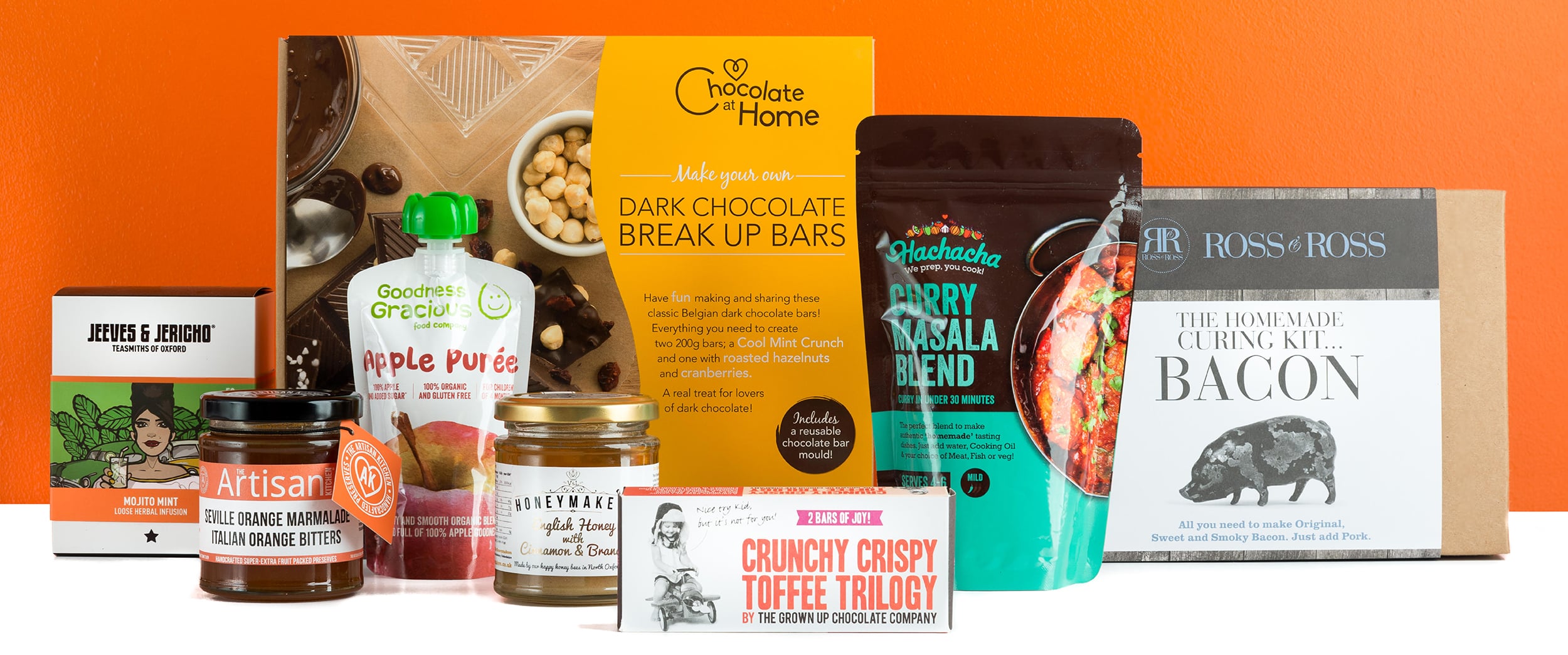
Well designed, clear and consistent food label design is key.
You will have put lots of time, cost, passion and effort into creating a product that tastes great so it’s important that this is communicated on your products label design too. You want your consumers to understand what has gone into the product, pick it against one of your competitors and increases sales.
We have put together six key things to consider when creating a label design for a food or drink product.
1.) What do you want your label to “say”?
You’re not always going to be able to personally sell your product to your target market, so you need your label to do the talking for you. What type of product is it? Who is it aimed at? How do people use it? What does it taste like? How is it made? What are the ingredients? A good label will portray all these things.
All too often the label design isn’t well thought through and a product remains on the shelf or not stocked by the stores that should be selling it as the core values of the product aren’t communicated effectively and great tasting products are missed.
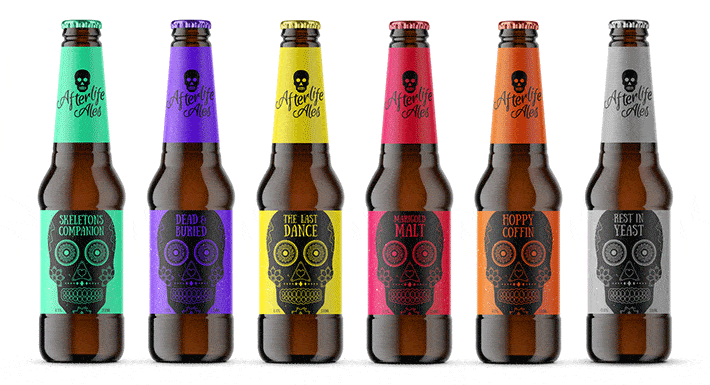
2.) Style – what should your product look like?
Colours, fonts, images and illustrations all form part of the brand appeal of your product and all should be properly considered. This helps to attract the right audience for your product and gives it more chance of being picked up and bought.
Your target market needs to understand your product and recognise that it’s for them. The overall look and feel of a product is key to it being understood, whether it’s products for children that need to be noticed by parents or an alcoholic product aimed at the real ale market, getting it right can take time and effort but it’s worth it.
3.) Good copy
There’s no underestimating what good copy can do to help sell a product. Quite often the space for copy on a product label is quite limited so it’s important to be efficient with the word count.
It can be a fine art in explaining what a product is in a compelling, creative and attractive way in very few words. If the budget allows it’s always a good idea to enlist the services of a copywriter to produce the wording for your product labels, or at least talk to your design agency about it, as quite often a different perspective works well.
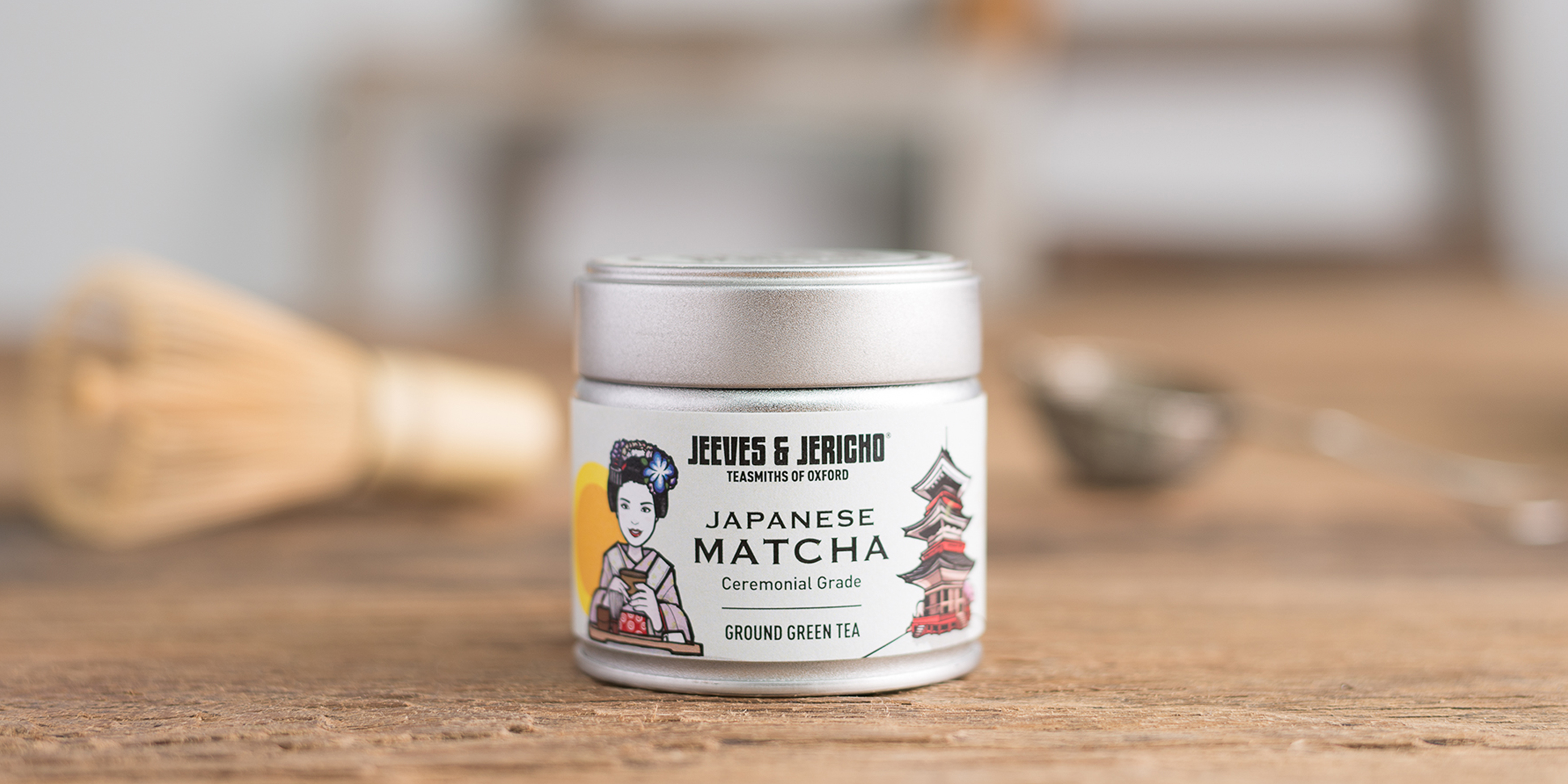
4.) Printing and materials
There are lots of options when it comes to printing your labels and how this affects how your product is perceived. Not all labels have to be glossy, it may be that you want to achieve a more understated look and feel and an uncoated paper with a rougher feel may suit the product and its target audience more.
There are options such as embossing and foil blocking that will also an extra dimension to a product and maybe give it more a luxury feel.
There are many options but it’s important to consider how the label will be printed and feel when handled as it will give the right impression when the product is on the shelves, a designer or printer will be able to talk you through the options.
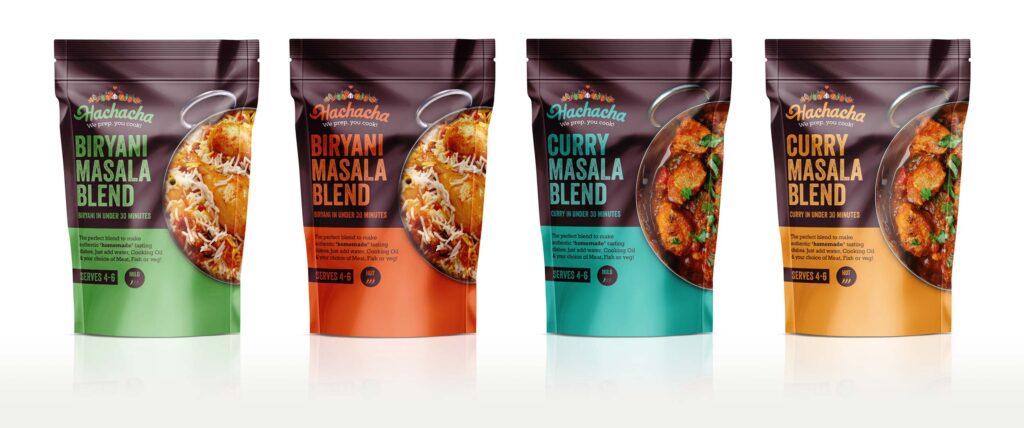
5.) Creating a range
It may be that you have a range of products, or plan to have a range of products in the future, so it’s vitally important to have brand consistency across all of the labels.
If you’re initially creating one label but plan more, consider what elements will be consistent across the range. If there are to be future flavours for example, what colours would you use and how does that affect the initial design?
Also consider things such as copy space, the area where the product name or description will sit on each label and maybe look to keep it in the same place on each label. Consistency doesn’t have to be too restrictive but it ensures a professional look and feel that builds trust in the product.
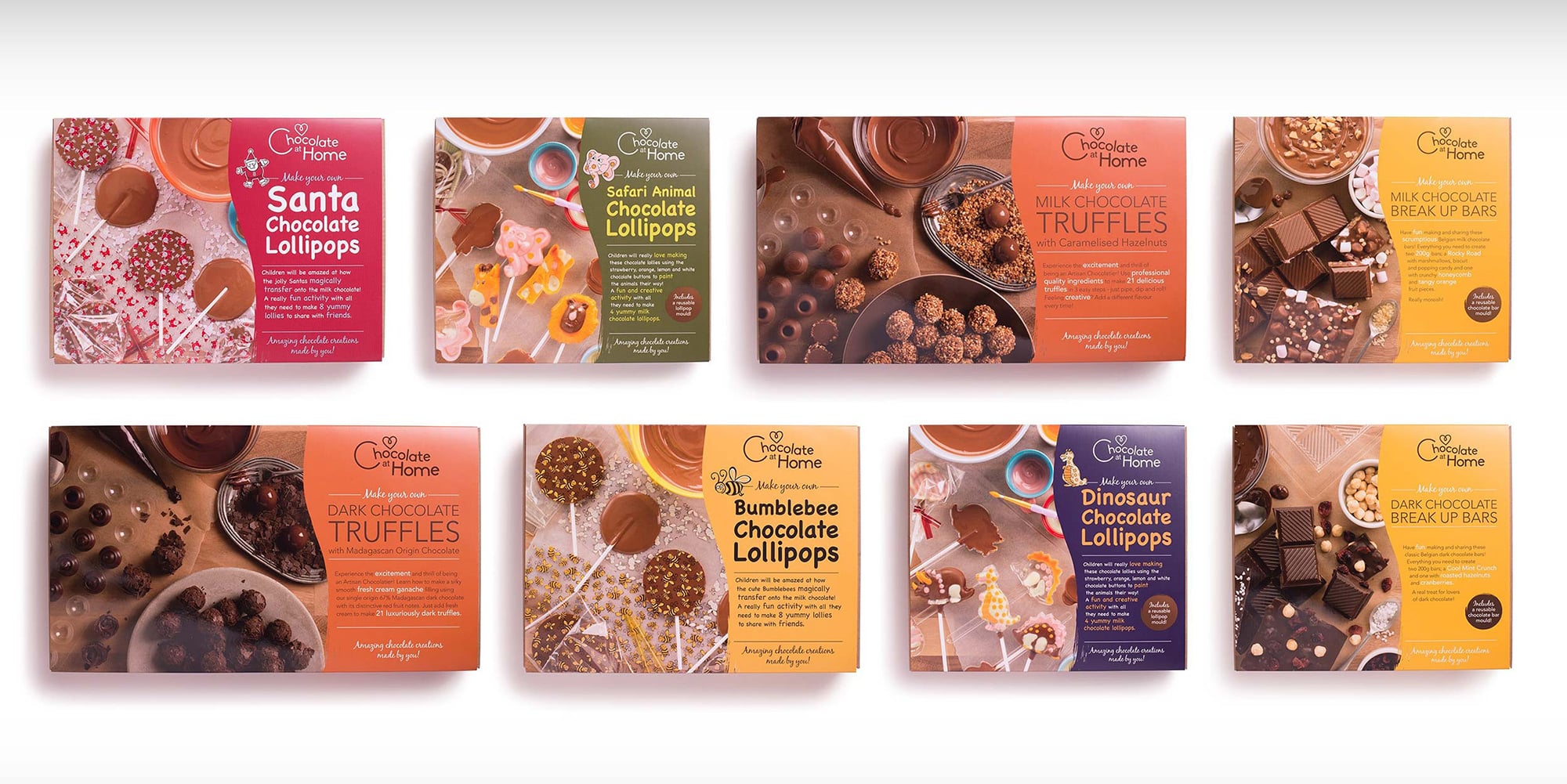
6.) Do it right, get a professional in
The budget may not always be there to enlist the services of a professional design agency, and if not, do consider the above points when designing your own labels.
However, by using a design agency it could save you money and safeguard your investment in the long term by getting the right impression the first time around.
A professional design agency should be able to talk to you about your product, what you’re aiming to achieve and create a design for you accordingly.
A good design agency will have a different perspective about your product to you and with an understanding of what you want to achieve will be able to design the right label for you.
At Toast we have over 20 years of working with clients both large and small. We’re passionate about working with food and drink producers and have produced label designs that are effective, creative, flexible and impactful.
If you would like us to create a product label for you, not only will it look great, it will be individual to you and your brand, have personality, speak to your audience and convey the love, passion and sheer hard work that you have put into making your product.
Contact us today for a quote or free one-hour consultation call 01295 26 66 44 or email hello@toastdesign.co.uk, we’d love to hear from you.
* Source – UK Trade & Investment
